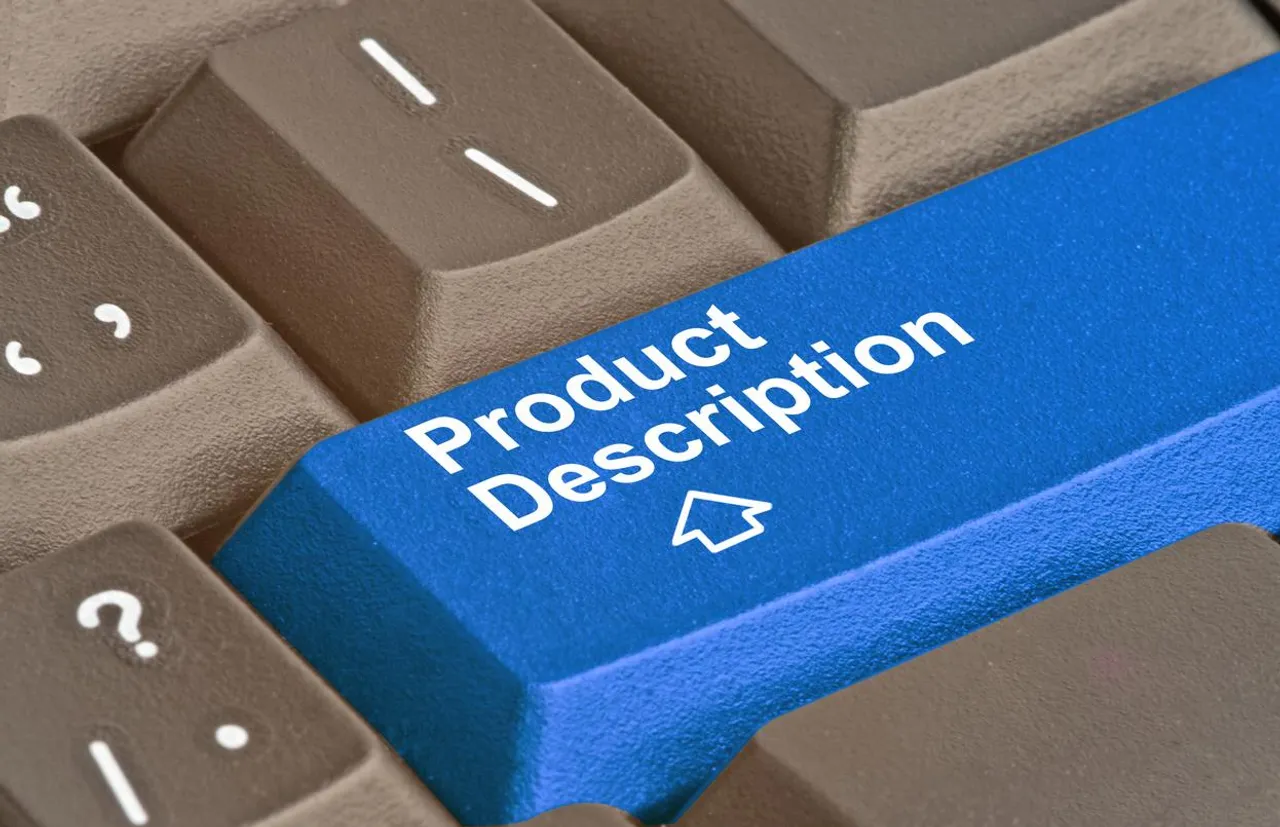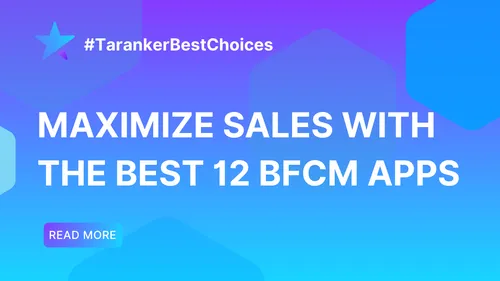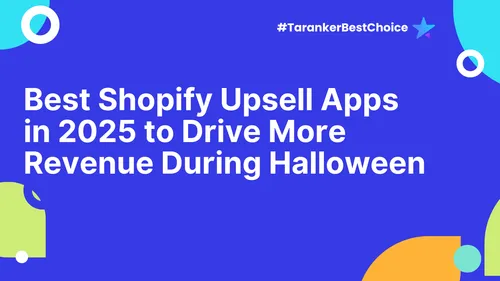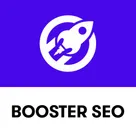On-page SEO is crucial for improving your Shopify store's visibility on search engines. It involves optimizing individual pages to ensure they rank higher, generate more traffic, and convert better. This guide will walk you through every element you need to focus on to achieve on-page SEO success.
1. Optimize Page Titles and Meta Descriptions

The title tag and meta description are among the most important on-page SEO factors. They help search engines understand what your page is about and entice users to click on your store link.
-
Title Tag: Ensure it contains the primary keyword, is under 60 characters, and accurately describes the content of the page.
-
Meta Description: Write compelling descriptions under 155 characters, including relevant keywords. These snippets influence click-through rates (CTR) from search results.
For example, if you’re selling organic skincare products, a title tag could be: “Organic Skincare Products | Natural Solutions for Healthy Skin”. Your meta description might read: “Explore our range of organic skincare products made from natural ingredients. Shop now for healthy, glowing skin!”
To further refine your SEO strategy for product pages, explore these 7 effective steps to optimize product listings for SEO on Shopify.
2. Use Clean, Descriptive URLs

URLs should be short, descriptive, and include relevant keywords. Shopify automatically generates URLs for products, collections, and blog posts, but you can manually edit them. Keep URLs simple like this: www.mystore.com/organic-skincare instead of www.mystore.com/12345.
Avoid using long, complex URLs with unnecessary characters. A well-structured URL not only helps SEO but also enhances user experience.
3. Optimize Product Descriptions with Keywords

Each product page should feature a unique, keyword-optimized description. Avoid duplicating manufacturer descriptions, as search engines may penalize duplicate content.
-
Primary Keywords: Include your target keyword naturally within the first 100 words.
-
Secondary Keywords: Add related or semantic keywords throughout the description.
-
Avoid Keyword Stuffing: Ensure the content flows naturally without forcing too many keywords.
For example, a description for an organic face cream should mention its benefits, ingredients, and the problem it solves while incorporating keywords like "organic face cream," "natural skincare," and "hydrating face cream."
Learn how to strategically implement SEO techniques and promotional strategies by following this guide on how to create discount codes and promotions in Shopify.
4. Use Heading Tags (H1, H2, H3)

Properly structured headings help break up content, making it easier for users to read and for search engines to crawl. The H1 tag should include the page's primary keyword and represent the main topic of the page.
For example, if you're writing a blog post about organic skincare, the H1 could be: "The Benefits of Organic Skincare for Healthy Skin." Subheadings (H2, H3) should support this primary heading with related information and keywords.
5. Optimize Images with Alt Text

Images add value to product pages but can slow down your site if not properly optimized. Always:
-
Compress images to reduce file size without losing quality (using formats like WebP).
-
Include alt text that describes the image and contains relevant keywords. This helps with image search rankings and makes your site accessible to all users.
For instance, the alt text for an image of an organic face cream could be: "Organic face cream with natural ingredients for dry skin."
6. Internal Linking

Internal links guide users to related products or blog posts while distributing link equity across your site. This helps search engines understand the structure and hierarchy of your website.
For example, when writing a blog post on skincare routines, link to relevant product pages like “organic face cleansers” or “moisturizers for dry skin.”
7. Improve Page Speed

Page speed is a critical ranking factor for both desktop and mobile SEO. Use Shopify apps like TinyIMG to optimize image sizes, minimize scripts, and enable lazy loading to improve load times.
You can monitor your page speed using tools like Google PageSpeed Insights or GTmetrix. Faster-loading pages result in lower bounce rates and higher engagement, both of which positively impact SEO.
8. Mobile Optimization

With more than half of all web traffic coming from mobile devices, ensuring your Shopify store is mobile-friendly is non-negotiable. Use Shopify’s responsive themes to ensure that your site looks great on all screen sizes. Additionally, Google favors mobile-friendly sites, so optimizing for mobile directly affects your rankings.
9. Leverage Structured Data (Schema Markup)
Structured data, also known as schema markup, helps search engines understand your content better. Apps like JSON-LD for SEO automate the process of adding rich snippets to your Shopify store, allowing your products to show up in rich search results. This improves visibility and can significantly increase your click-through rate.
10. Regularly Update Content

Search engines favor websites that frequently update their content. Regularly updating product descriptions, blog posts, or creating new pages with fresh content will keep your site relevant and improve your rankings.
Conclusion: Why On-Page SEO is Vital for Shopify
On-page SEO is the foundation of your Shopify store’s search engine visibility. By focusing on optimizing each page’s title tags, meta descriptions, product descriptions, images, and internal linking, you’ll not only improve your SEO but also create a better user experience. Regular audits and updates will keep your store competitive and visible in search results.
Start optimizing today, and watch your Shopify store climb the search rankings, bringing in more organic traffic and sales!













